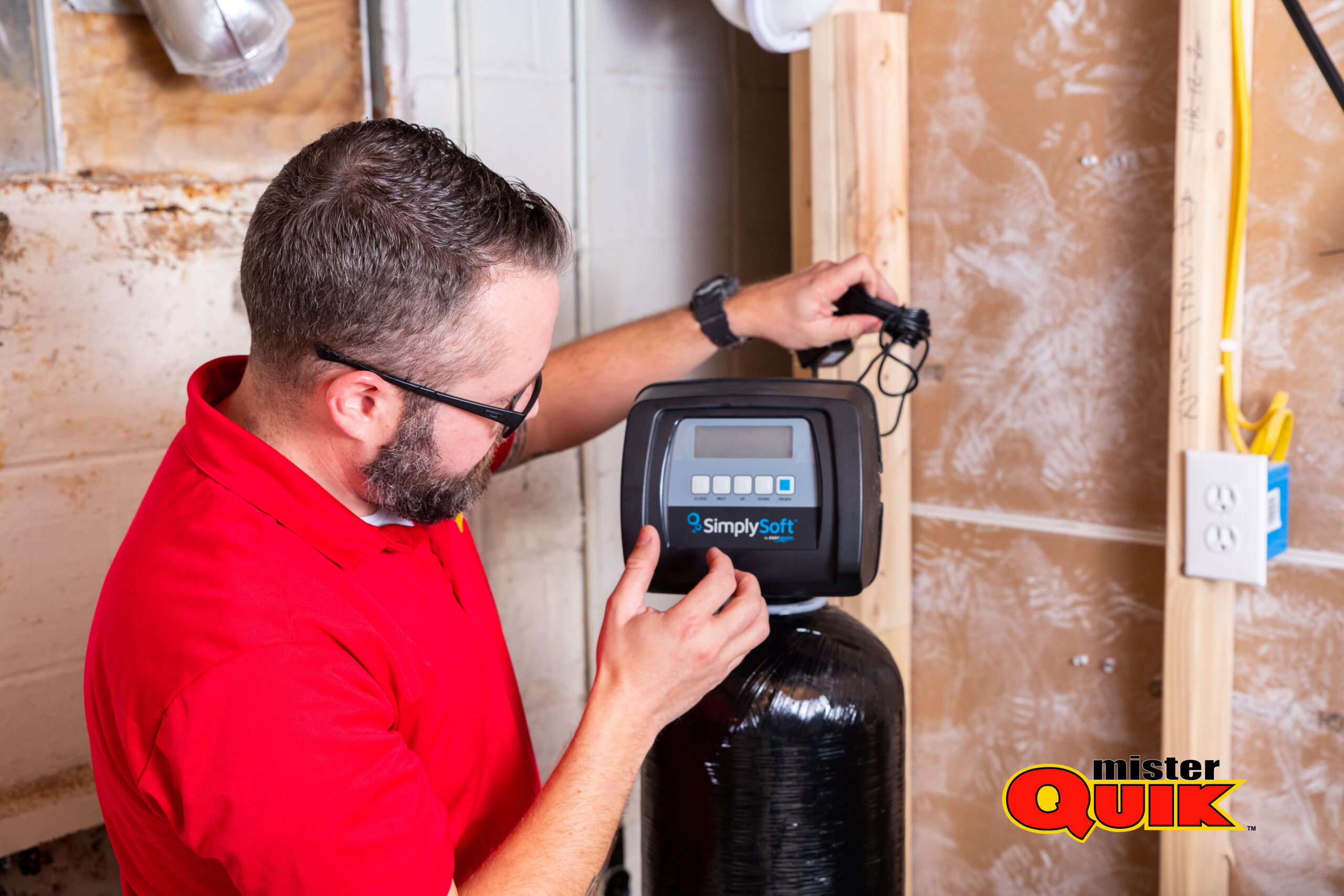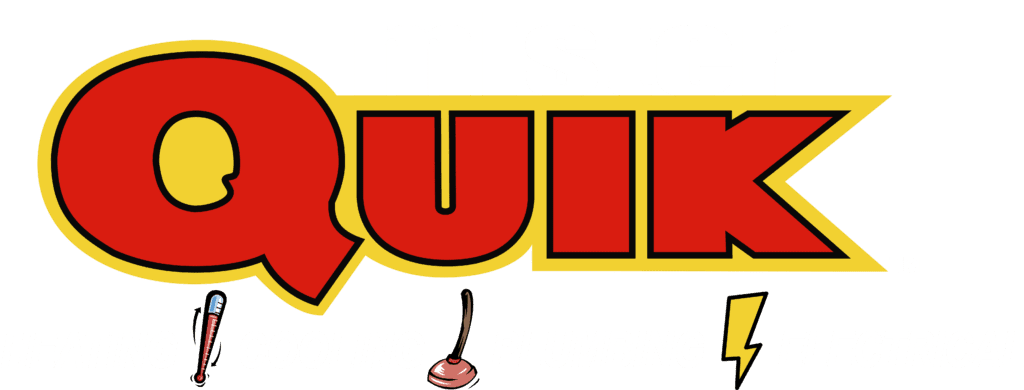Mooresville Water Bacteria Shield

Do Water Filters Remove Bacteria
he effectiveness of water filters in removing bacteria depends on the specific type of filter and the size of the bacteria.
Types of Water Filters:
- Sediment filters: These filters primarily remove larger particles like sand, dirt, and rust from water but are not effective in removing bacteria or other contaminants.
- Activated carbon filters: These filters primarily remove chlorine, taste, and odor from water. While they may partially remove some bacteria through adsorption, they are not a reliable method for bacterial removal.
- Reverse osmosis (RO) systems: These filters use a semi-permeable membrane to remove a wide range of contaminants, including most bacteria. RO systems are generally considered the most effective household water filtration method for bacterial removal.
- Distillation: This process boils water and condenses the steam, leaving most contaminants, including bacteria, behind. However, distillation also removes minerals from water, which some people find undesirable.
Important Points:
- Not all filters are created equal: Even within the same type of filter, different models and brands may have varying capabilities in removing bacteria. It’s crucial to check the specifications and certifications of the specific filter you’re considering.
- Microscopic contaminants: While some filters can remove bacteria, they may not be effective against even smaller contaminants like viruses or protozoa.
- Untreated water sources: If you’re unsure about the quality of your water source, it’s strongly recommended to boil the water for at least one minute at a rolling boil or use a reliable disinfection method like chlorine tablets or ultraviolet (UV) treatment before consumption, regardless of the type of filter used.
Conclusion:
While some types of water filters, like reverse osmosis and distillation, can effectively remove bacteria, it’s crucial to understand the limitations of different filtration methods and prioritize reliable disinfection methods for untreated water sources to ensure water safety. Always consult the specific information and certifications of your chosen filter and consider seeking professional guidance if you have any concerns about your water quality
Water Filter to Remove Bacteria
When it comes to removing bacteria from drinking water, not all filters are created equal. Here’s an overview of the most effective options and factors to consider.
: RO systems utilize a semi-permeable membrane that effectively removes a wide range of contaminants, including most bacteria, viruses, and other harmful substances.
RO systems can be more expensive than other options and may waste some water during the filtration process. Additionally, they remove minerals from the water, which some individuals prefer to retain.
This method boils water and condenses the steam, leaving behind most contaminants, including bacteria, viruses, and minerals.
Distillation is a slower process compared to other options and removes all minerals from the water, which may not be preferable for everyone.
Reverse osmosis (RO) water filters are known for their high effectiveness in removing bacteria and germs. Reverse osmosis technology uses a semipermeable membrane to filter out contaminants, including bacteria, by pushing water through the membrane at high pressure while leaving impurities behind. This process is highly efficient at removing bacteria, viruses, and other microorganisms, providing a thorough and reliable method for water purification. While other filters like activated carbon may also contribute to bacterial removal, reverse osmosis is often considered one of the most robust methods for achieving a high rate of bacteria and germ removal in water.
Yes, reverse osmosis is effective in removing bacteria from water. Reverse osmosis is a water purification process that utilizes a semi-permeable membrane to filter out impurities, including bacteria, viruses, and other contaminants. The membrane has very small pores that allow only water molecules to pass through while blocking larger particles, such as bacteria. This makes reverse osmosis an excellent method for producing clean and bacteria-free drinking water by removing microorganisms and other harmful substances.
While various water filters are designed to remove a wide range of contaminants, no single water filter can eliminate every type of impurity. Different filters target specific contaminants, such as sediment, chlorine, heavy metals, bacteria, or chemicals. Some advanced systems, like reverse osmosis or activated carbon filters with additional stages, offer comprehensive filtration. However, it’s essential to identify the specific contaminants in your water source and choose a filtration system tailored to address those particular issues. Regular maintenance and replacement of filter components are also crucial for ensuring optimal performance over time.
One effective filter for removing E. coli bacteria from water is a microbiological filter with a pore size of 0.2 micrometers or smaller. Filters of this size can physically block the passage of E. coli bacteria, preventing them from passing through the filter and entering the treated water. However, it’s important to note that not all filters are designed to remove bacteria, and the specific type of filter and its pore size should be considered when selecting a water filtration system to ensure effective removal of E. coli and other potentially harmful microorganisms. Additionally, combining filtration with other water treatment methods, such as disinfection, can provide a comprehensive approach to ensuring water safety.
Best Water Filtration System for Home
Due to the varying water quality, needs, and preferences across different households, declaring a single “best” water filtration system for everyone is impossible. However, I can guide you towards finding the most suitable option for your specific situation:
Average Lifespan and Influencing Factors:
With proper care and maintenance, a well-maintained Indianapolis water softener can last anywhere from 8 – 12 years. However, several factors can influence its longevity:


- Water quality concerns: Identify your primary concerns regarding your water quality. Are you concerned about bacteria, taste, odors, specific contaminants (e.g., chlorine, lead), or a combination of factors?
- Budget: Determine your budget for the initial purchase and ongoing maintenance costs associated with different filter types.
- Desired features: Consider features like portability, counter space requirements, installation complexity, and ease of maintenance.
- Reverse osmosis (RO) systems: Highly effective in removing a wide range of contaminants, including bacteria, viruses, and minerals.
- Distillation: Reliable for removing bacteria and other contaminants, but it’s a slower process and removes all minerals from the water.
- Activated carbon filters: Primarily remove chlorine, taste, and odor, but not effective for bacteria removal. However, they are generally affordable and easy to use.
- Under-sink filters: Convenient option for installation beneath the kitchen sink, offering various filtration capabilities depending on the model.
- Pitcher filters: Portable and affordable, but have limited capacity and require frequent filter changes.
- Water pressure: Some filters require a minimum water pressure to function effectively. Check your water pressure and compare it to the manufacturer’s recommendations for specific models.
- Maintenance requirements: Different filters have varying maintenance needs, such as filter replacements and cleaning schedules. Consider the level of maintenance you’re comfortable with.
Water Filtration System for Home Cost
Water Filtration System Cost: Finding the Right Fit for Your Budget
The cost of a water filtration system for your home can vary significantly depending on several factors, making it challenging to provide a single definitive answer. Here’s a breakdown of the key factors influencing the overall cost:



Reverse osmosis (RO) systems: Generally the most expensive option, with an average cost range of $1,200 to $4,000, depending on features, capacity, and brand. Distillation units: Costs typically fall within the range of $150 to $800, with variations based on size, capacity, and features. Under-sink filters: Offer a wider range in price, starting around $50 for basic models and reaching $500 or more for advanced options with multiple filtration stages and features. Countertop/pitcher filters: The most affordable option, typically costing between $15 and $50, but with smaller capacity and requiring frequent filter replacements.


Installation: Costs can vary depending on the complexity of the installation process. Self-installation for some simpler systems might be feasible, while complex systems might require professional installation, adding to the overall cost. Maintenance: Different filters have varying maintenance needs, such as replacing filters and membranes. Factor in the cost of replacement filters and any potential professional maintenance fees.



Basic filtration (e.g., activated carbon filters): $400 - $1,000 Advanced filtration (e.g., RO systems, distillation): $1,200 - $4,,000
Water Filtration Installation
Installing a water filtration system in your home can be a rewarding way to improve your water quality. However, the process can vary in complexity depending on the chosen system and your comfort level with DIY projects. Here’s a breakdown of the two main options:
1.Suitable for:
- Simple systems: Under-sink filters with basic connections and countertop/pitcher filters are generally designed for easy self-installation, often coming with clear instructions and user-friendly setup processes.
- DIY enthusiasts: If you’re comfortable with basic plumbing tasks and following detailed instructions, you might be able to tackle the installation yourself for some under-sink filters or even certain RO systems with straightforward setups.
2.Things to Consider:
- Read the manual thoroughly: Carefully review the installation instructions provided by the manufacturer. Ensure you understand each step before starting.
- Gather the necessary tools: Make sure you have the right tools like wrenches, screwdrivers, and plumber’s tape for the installation process.
- Watch video tutorials: Many manufacturers or retailers offer online video tutorials demonstrating the installation process for specific models, which can be a helpful visual aid.
- Know your limitations: If you’re unsure about any step or encounter difficulties, don’t hesitate to seek professional help to avoid damaging the system or causing leaks.
3.Recommended for:
- Complex systems: RO systems some under-sink filters with intricate plumbing connections are best left to qualified professionals to ensure proper installation and avoid potential issues.
- Limited DIY experience: If you’re not comfortable with plumbing tasks or lack the necessary tools and expertise, professional installation is the safer and more reliable option.
- Peace of mind: Hiring a professional plumber experienced in water filtration systems can provide peace of mind knowing the installation is done correctly and according to local plumbing codes.
4.Finding a qualified plumber:
- Ask for recommendations: Seek recommendations from friends, family, or neighbors who have recently had water filtration systems installed.
- Check online reviews: Look for licensed and insured plumbers with positive reviews and experience installing water filtration systems of your chosen type.
- Get quotes: Contact multiple plumbers to get quotes and compare their pricing and services before making a decision.
Water Filter Installation Cost
The cost of water filter installation can vary significantly depending on several factors, making it difficult to provide a single definitive answer. Here’s a breakdown of the key factors influencing the overall cost:
Under-sink filters with basic connections and countertop/pitcher filters typically involve minimal installation costs, sometimes even coming with pre-assembled components. In some cases, the manufacturer might even offer free installation guidance or videos.
RO systems, distillation units, and some under-sink filters with intricate plumbing connections generally require professional installation, which can cost anywhere from $1,200 to $4,000 or even more depending on
As mentioned earlier, plumber rates can vary depending on your location. Urban areas might have higher rates compared to rural areas.
By implementing these energy-efficient measures, you can significantly reduce your heating costs and enjoy a more comfortable living environment.
- Identify the type of filtration system installed (e.g., saltless water softener, reverse osmosis, microbiological filter).
- Verify the functionality and compatibility of the chosen system with the water quality and contaminants present.
- Regularly maintain and replace filter components according to manufacturer recommendations.
- Monitor filter performance and assess the need for replacement based on water quality tests and system efficiency.
- Determine the efficiency of the filtration system in removing bacteria and germs.
- Consider the specific technology employed by the system and its capability to address bacterial contamination.
- Implement additional water treatment methods if necessary to ensure comprehensive water safety.
- Consider combining filtration with disinfection methods to address bacterial contamination effectively.
- Assess the filtration system’s ability to remove a wide range of contaminants.
- Ensure that the chosen system targets the specific contaminants present in the









